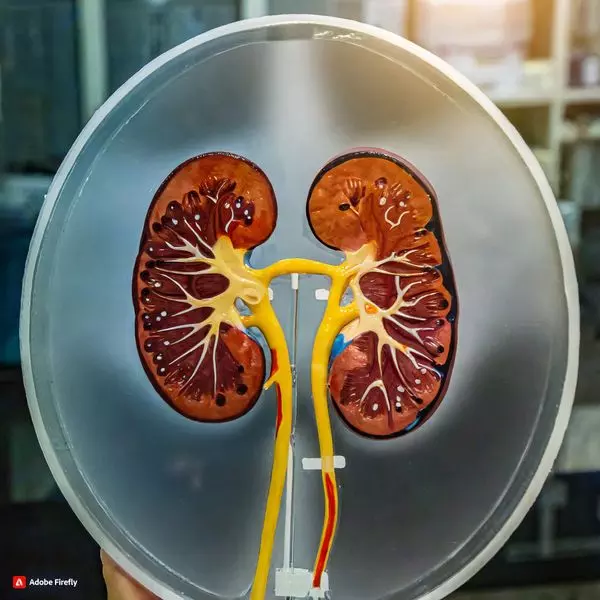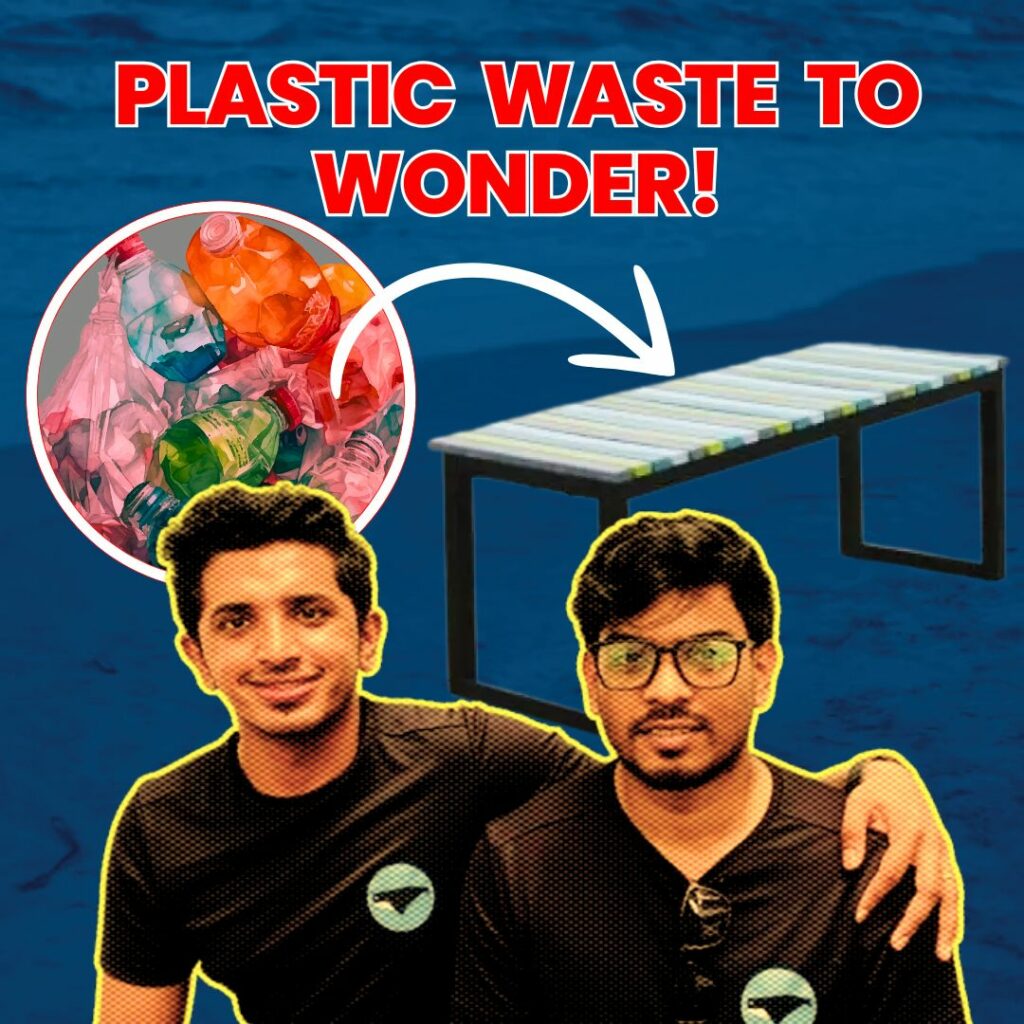Kidney stones, once considered a health issue primarily affecting middle-aged individuals, are now increasingly being diagnosed in younger populations, a concerning trend reported by NBC news. Recent data indicates a surge in cases among teenagers, particularly girls, and even children as young as 5 years old, highlighting a shift in the prevalence of this excruciating condition.
What are kidney stones?
Kidney stones, medically termed nephrolithiasis, are solid accumulations of minerals and salts that can obstruct the urinary tract. Ranging from tiny granules to substantial formations comparable to a golf ball, these yellowish crystals, primarily comprising calcium, oxalate, and phosphorus, can result in severe pain and urinary blockages.
Potential contributing factors to kidney stones in children:
1. Diet and kidney stones:
Health experts suggest that the modern diet consumed by children may play a crucial role in the heightened incidence of kidney stones. Excessive consumption of high-sodium foods like packaged meals, potato chips, and processed meats can elevate mineral levels in urine, facilitating the formation of kidney stones. Insufficient water intake further exacerbates the risk.
2. Impact of warmer climates:
Studies have observed a correlation between hotter summers and an increased occurrence of kidney stones among children. Elevated perspiration coupled with decreased urination during hot and humid weather creates conditions conducive to mineral deposition in the kidneys and urinary tract.
3. Antibiotic-related concerns:
Dr Gregory Tasian, a pediatric urologist at the Children’s Hospital of Philadelphia, has suggested a potential link between antibiotics and kidney stone development. Research conducted by Tasian and his team in 2018 revealed that certain commonly prescribed oral antibiotics were associated with a notable rise in the likelihood of developing kidney stones. The risk was found to persist for up to five years post-medication, with the highest vulnerability observed in those administered antibiotics at a younger age.
Preventive measures for kidney stones:
A key preventive strategy emphasized by experts is maintaining adequate hydration, especially during warmer months. Monitoring the color of urine, aiming for a pale lemonade shade, serves as a helpful indicator of sufficient fluid intake.
As the medical community grapples with the escalating prevalence of kidney stones among children, promoting awareness about dietary habits, hydration practices, and cautious antibiotic use remains paramount in curbing this concerning trend.
Also Read: Peta Advocates For Animal Rights In Absence Of Sexual Violence Provisions In Reformed IPC
https://thelogicalindian.com/h-upload/2023/10/17/500x300_233920-fireflypictureshowingkidney48197.webp
Trending
2023-10-17 10:30:14.0
Kidney Stones On Rise In Younger Population: Exploring Causes & Prevention











